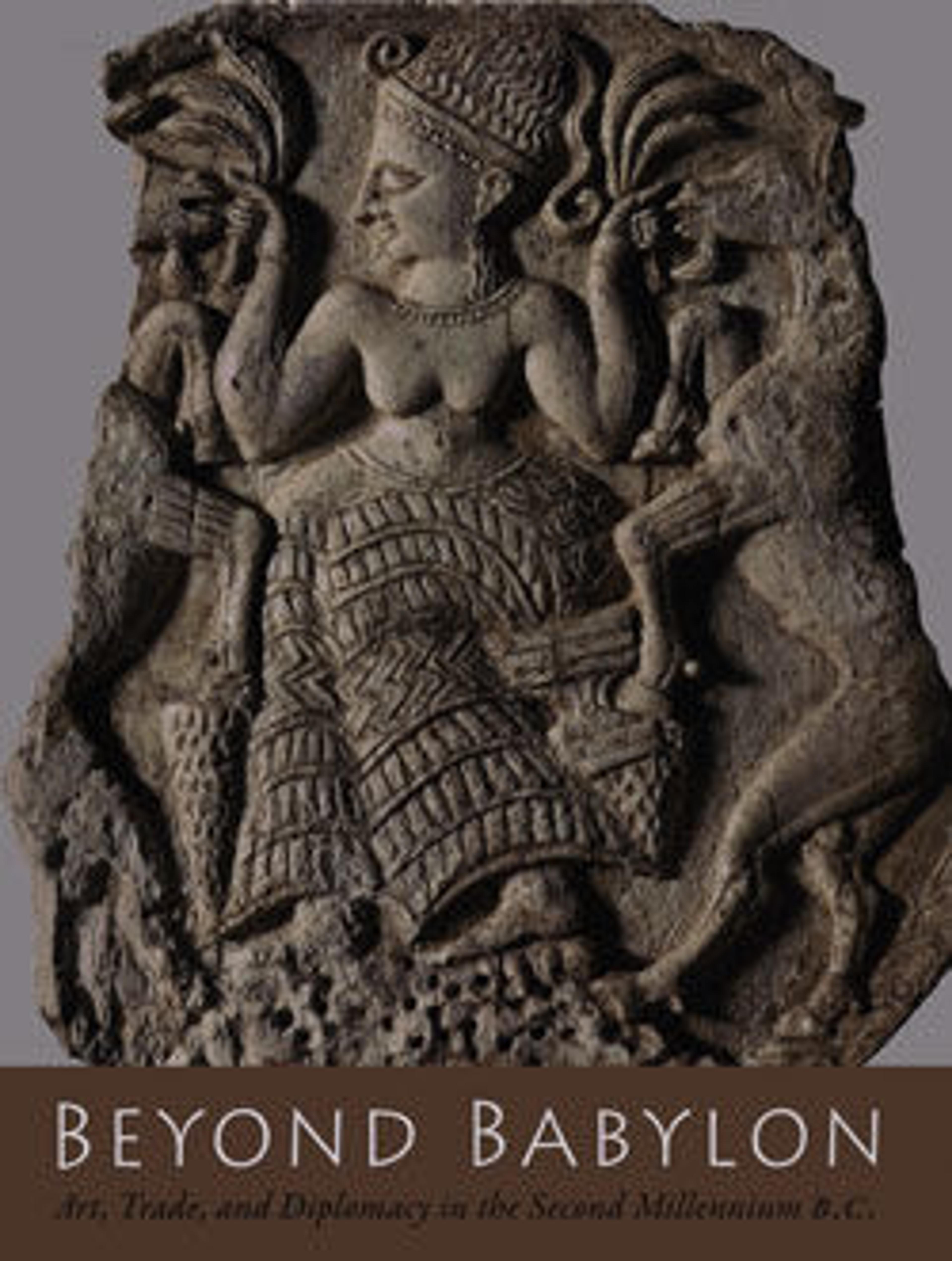Furniture support: lion's leg
This piece is one of several furniture elements, carved in the form of lion legs, probably found at the site of a palace at Acemhöyük in central Anatolia. The massive size of the upper part of the leg suggests this represents the animal’s rear leg. One hooked claw is visible in side view. Like the other pieces of this type in the Metropolitan Museum’s collection (36.70.5, 36.152.1), this leg sits on a base with horizontal grooves. The overall gray color indicates that the object was exposed to considerable heat, perhaps during the destruction of the palace. Traces of gold foil still remain on the base of this leg, although not on the others. The legs were most likely carved out of hippopotamus incisors, as the ends of the pulp cavities are preserved in the upper parts. Dowel holes on the flanks allowed for attachment to an upper element. The positioning of mortises and dowel holes on the paws suggests that struts connected the legs to one or more other furniture elements. There are also mortises cut into the bases for further attachment. Furniture legs of this type derive from Egypt, where they were a common feature of chairs and royal thrones, appearing for example on a Dynasty 4 statue of Khafre. However, unlike their Egyptian inspirations, the ivory lion legs from Acemhöyük are arranged without regard for the anatomy of actual lions, with all four legs apparently in the form of the rear leg, even when placed at the front of the piece of furniture.
Artwork Details
- Title: Furniture support: lion's leg
- Period: Middle Bronze Age–Old Assyrian Trading Colony
- Date: ca. 18th century BCE
- Geography: Anatolia, probably from Acemhöyük
- Culture: Old Assyrian Trading Colony
- Medium: Ivory (hippopotamus)
- Dimensions: 5 11/16 × 1 1/2 × 2 13/16 in. (14.4 × 3.8 × 7.1 cm)
- Credit Line: Gift of Mrs. George D. Pratt, in memory of George D. Pratt, 1936
- Object Number: 36.70.7
- Curatorial Department: Ancient West Asian Art
More Artwork
Research Resources
The Met provides unparalleled resources for research and welcomes an international community of students and scholars. The Met's Open Access API is where creators and researchers can connect to the The Met collection. Open Access data and public domain images are available for unrestricted commercial and noncommercial use without permission or fee.
To request images under copyright and other restrictions, please use this Image Request form.
Feedback
We continue to research and examine historical and cultural context for objects in The Met collection. If you have comments or questions about this object record, please contact us using the form below. The Museum looks forward to receiving your comments.
